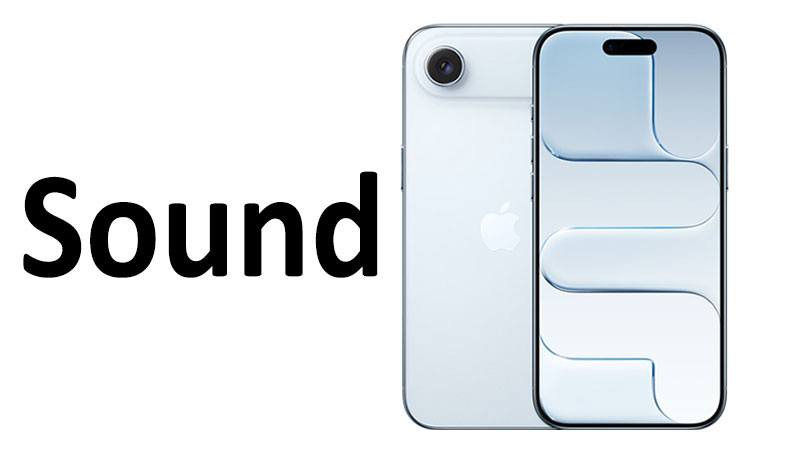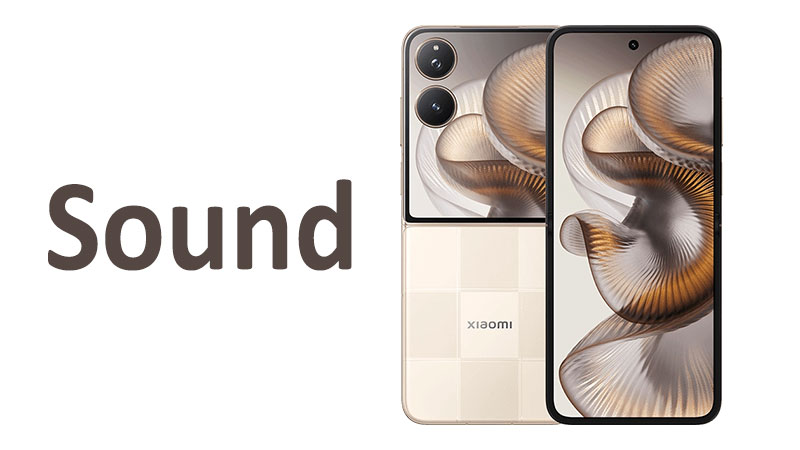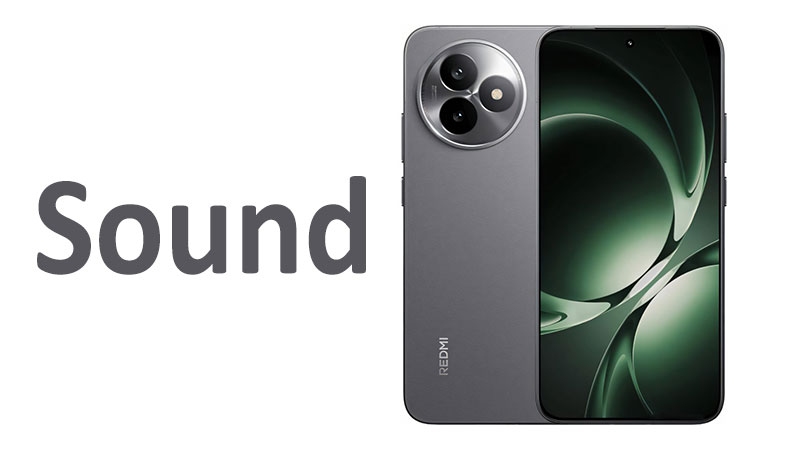The iPhone Air is a testament to Apple’s engineering. This device prioritizes a sleek, ultrathin design. This focus, however, leads to important questions. Does a thinner body mean a compromise on audio quality? Our comprehensive Apple iPhone Air Sound Review: Audio Quality investigates this crucial aspect. This article will help you decide if this phone’s sound is right for you. We will break down everything a potential buyer needs to know.
The iPhone Air’s Audio Hardware: A Key Difference
Apple made a significant change in the iPhone Air. Unlike the iPhone 17 and previous models, the iPhone Air has a single mono speaker. It is located in the earpiece. This is a major shift from the stereo speaker systems used in iPhones since the iPhone 7. The decision to remove the bottom-mounted loudspeaker was likely made to achieve the phone’s incredibly thin 5.6mm profile.
The Sound Performance: Mono vs. Stereo
The mono speaker in the iPhone Air is a definite downgrade. Stereo sound provides a sense of space and depth. It helps you distinguish between different sound channels. This is vital for watching movies, playing games, and listening to music. The iPhone Air’s mono speaker simply cannot replicate this experience. Audio sounds flatter and less dynamic. It all comes from a single point. This is especially noticeable when watching videos or listening to music without headphones.
Specialized Comparisons
iPhone Air vs. iPhone 17
The iPhone 17 features a stereo speaker system. This setup delivers a much more immersive audio experience. The audio on the iPhone 17 is richer, with better bass response and a wider soundstage. The iPhone Air’s audio, by comparison, sounds thin. Its sound lacks the fullness you find on the iPhone 17. For people who frequently use their phone’s built-in speakers, the difference is a dealbreaker.
Spatial Audio and Dolby Atmos
Modern iPhones support advanced audio technologies like Spatial Audio and Dolby Atmos. These features create a 3D-like soundscape. They are designed to work with stereo speakers. Apple’s product release notes mention that the iPhone Air records video with Spatial Audio. However, playing back this audio on the phone’s single speaker negates the effect. You need headphones or external speakers to fully appreciate it. This is a major compromise for audiophiles and media enthusiasts.
The Microphone Quality
The iPhone Air’s microphone performance is impressive. The phone features a new “Audio Mix” and wind noise reduction. This helps produce clear audio recordings. In calls, features like Voice Isolation and Wide Spectrum are available. Voice Isolation minimizes background noise. Wide Spectrum amplifies ambient sounds. This makes the iPhone Air excellent for calls, voice memos, and video recording. So while the speaker is a weakness, the microphone is a strength.
Pros and Cons
Pros
- Excellent microphone quality: Features like Voice Isolation improve call clarity.
- Spatial Audio for recording: You can record immersive audio for later playback on other devices.
- New audio features for video: Audio Mix and wind noise reduction enhance video recordings.
Cons
- Single mono speaker: The biggest drawback. It delivers a flat, uninspired sound.
- Loss of stereo separation: No stereo sound means no left and right channels.
- Not ideal for media consumption: Watching movies or playing games on the built-in speaker is disappointing.
- Lack of immersive sound: You cannot experience Dolby Atmos or Spatial Audio from the speaker.
Important Points for a Buyer
Before buying the iPhone Air, you must consider your listening habits. If you use headphones or AirPods most of the time, the mono speaker is not an issue. The phone’s audio output through its USB-C port is excellent. This makes it a great choice for wired headphones. For wireless options, the new N1 wireless networking chip supports Wi-Fi 7 and Bluetooth 6. This ensures a stable and high-quality connection.
However, if you often play music or videos for others to hear, this phone is not for you. The lack of a stereo speaker will be a constant source of frustration. The iPhone 17 and iPhone 17 Pro are better options in this case. They offer a far superior built-in sound experience. The iPhone Air’s primary focus is its slim design. This comes at a cost to its audio hardware.
Conclusion
The Apple iPhone Air Sound Review: Audio Quality reveals a clear trade-off. Apple sacrificed audio performance for an ultra-thin design. The single mono speaker is a significant downgrade from previous iPhone models. It delivers a flat and uninspiring sound. This is a major concern for media enthusiasts.
On the other hand, the phone’s microphone quality is top-notch. It features new technologies for clear calls and video recordings. In summary, the iPhone Air is not for people who rely on their phone’s speakers. It’s an excellent choice if you mostly use headphones or external audio devices. Its sleek form factor is a huge selling point, but you must be willing to accept the audio compromise.
FAQ
Does the iPhone Air have stereo speakers?
No, the iPhone Air has a single mono speaker. It is located in the earpiece.
Can the iPhone Air play Dolby Atmos music?
Yes, but only through headphones or external speakers. The built-in mono speaker cannot reproduce the effect.
How does the iPhone Air’s sound compare to the iPhone 17?
The iPhone 17 has a stereo speaker system. It provides a much richer and more immersive sound than the iPhone Air.
Is the iPhone Air’s microphone good for recording?
Yes, the microphone is excellent. New features like Audio Mix and wind reduction improve recording quality.
Will the iPhone Air sound better with AirPods?
Yes, absolutely. The phone’s audio output through wireless technologies is great.



